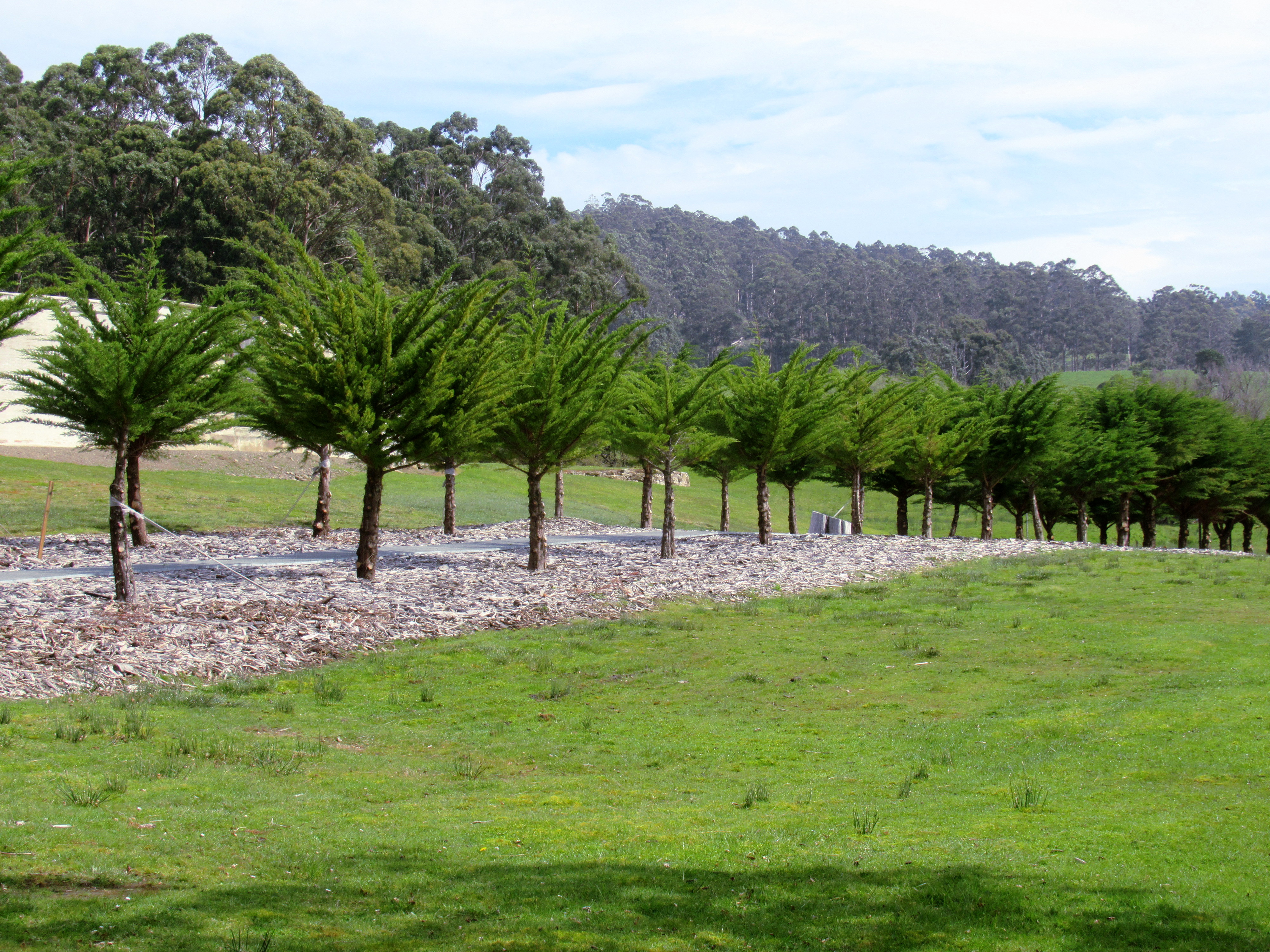
Several years after the founding of Van Diemen's Land in 1642, some logs were found buried in the mud of the Huon River. Evidently, they had lain there for some time but had miraculously not been ravaged by insects or rot. The explorers speculated that this wood might be the answer for wooden boat builders who constantly fought the marine borer or screw worm.
They were right.
Huon Pine became the best boat
building timber in the world.
Huon Pine became the best boat
building timber in the world.
Van Diemen's Land grew on this "green gold" as well as other trees and, in 1822, a penal colony was founded on Sarah Island in Macquarie Harbour that became the largest boat building yard in the British colonies. Van Diemen's Land later became Tasmania.
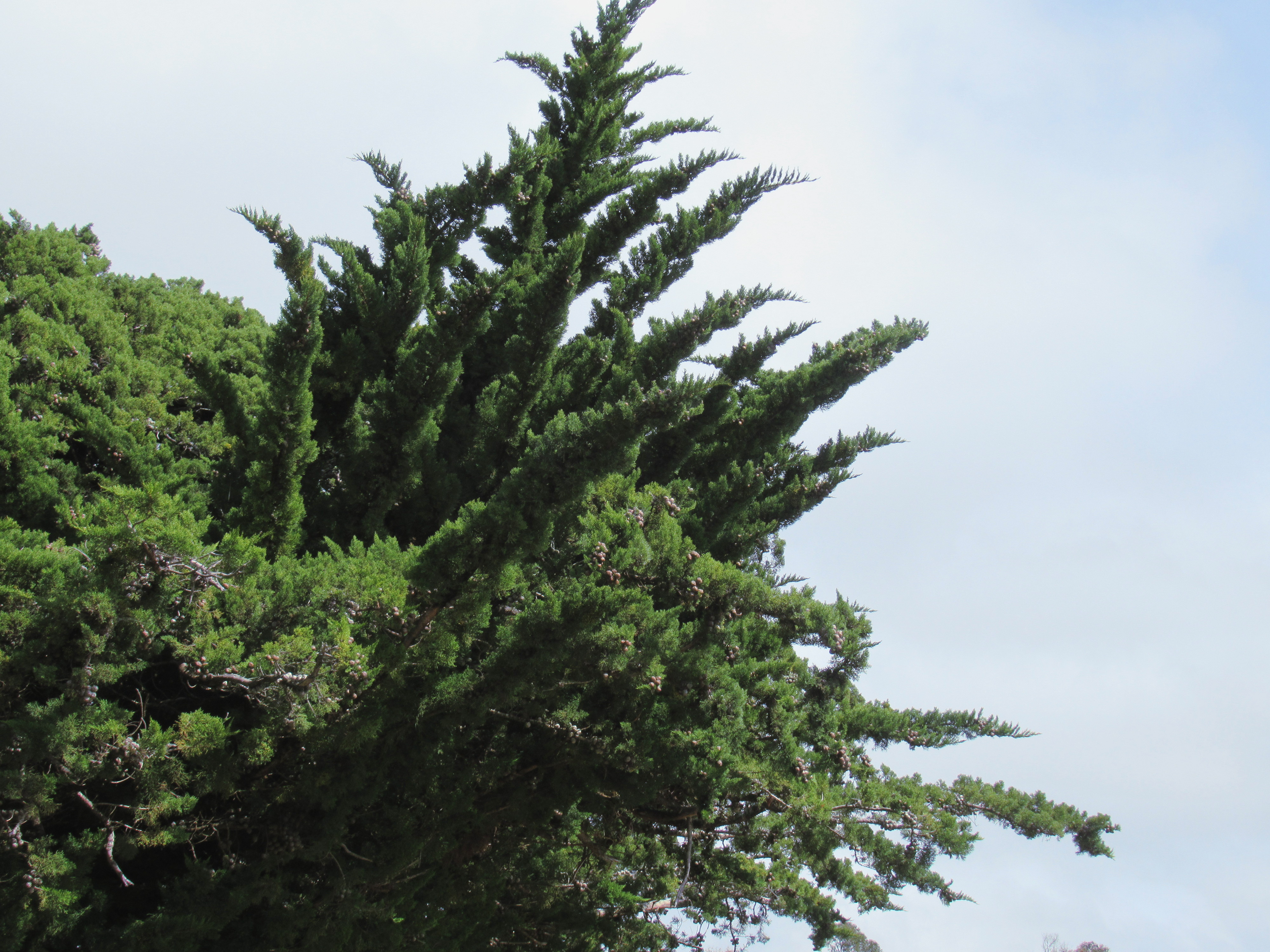
The Huon Pine, also known as the Macquarie pine, is not really a pine at all. And although it is a podocarp, a large family of Southern Hemisphere conifers, it is the only species in the genus Lagarostrobos. It grows straight with upward arching branches, commonly reaching 20-25 m (roughly 65-82 ft.) tall with the occasional specimen reaching 30 m (98 ft.) It is endemic to Tasmania and only found there.

Methyl eugenol is the magical compound that makes the wood impervious to insects and rot, but the beautiful golden wood is also exceptionally strong for its weight, easily bent and moulded, light (520 kg/m3 or 32.5 lbs/ft3), waterproof and extraordinarily stable. It resists splitting and it polishes to a fine lustre.
There is just one problem.
The average timber-
sized tree is 1,000 years old.
The average timber-
sized tree is 1,000 years old.
The Huon Pine is an exceptionally long lived tree, the second oldest after the bristlecone pine. There are stands of it in Tasmania with individual trees known to be 2,000-2,500 years old and other individual trees over 3,000 years. However, since it grows at less than 1 mm (.039") in girth per year, it is not feasible for tree plantations.
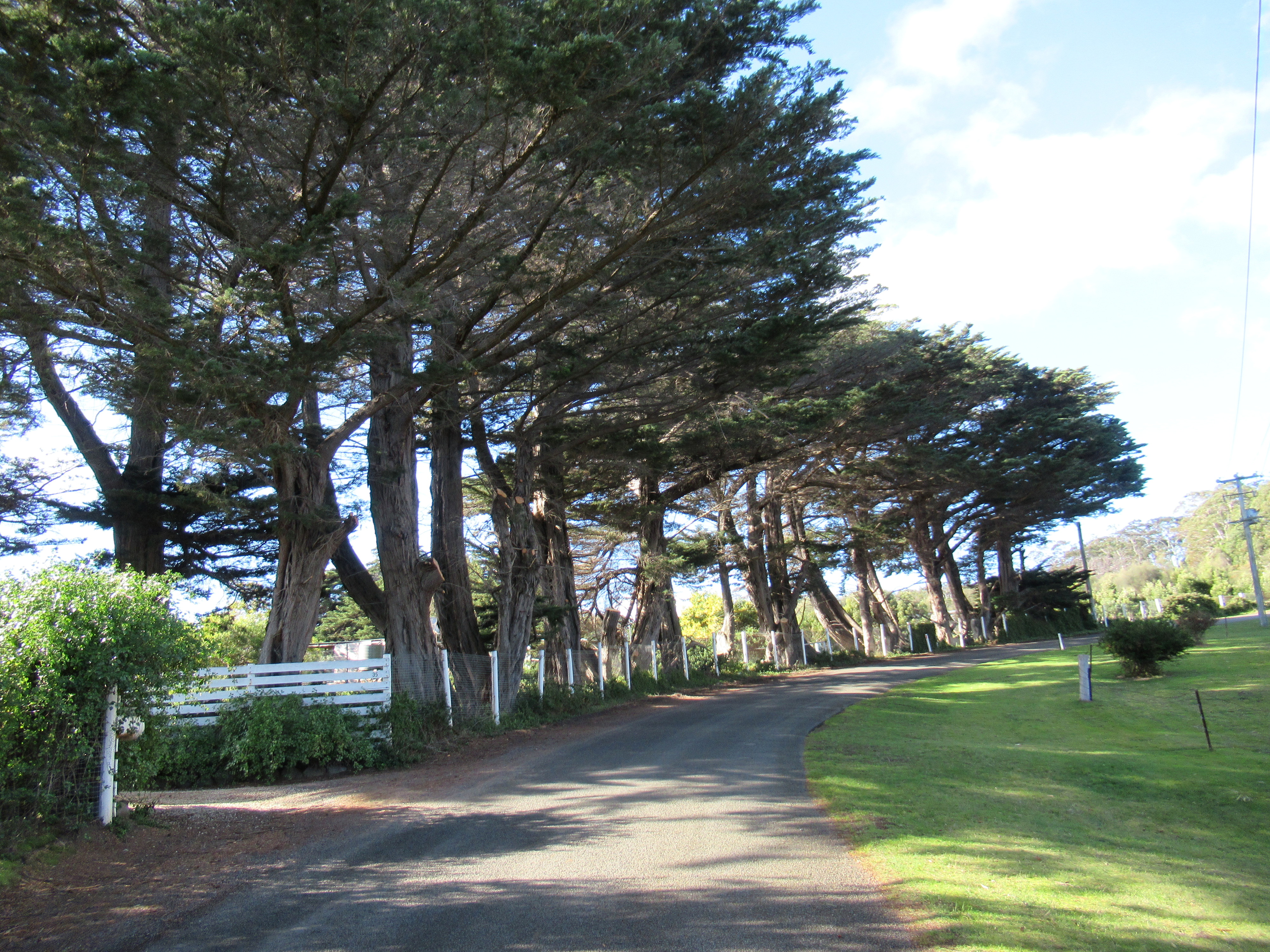
The tree is not endangered but it is protected. It is estimate that there are approximately 10,500 ha (26,000 acres) of it and, although most large trees were harvested, there are many small ones. In the 1970s, the cutting of live trees stopped and all of today's harvest is from reclaimed wood, either from areas flooded for hydroelectric projects or from the offcuts of trees that were harvested 100 years ago. Below, a dead Huon Pine but it might have sat just like this for a couple of hundred years.
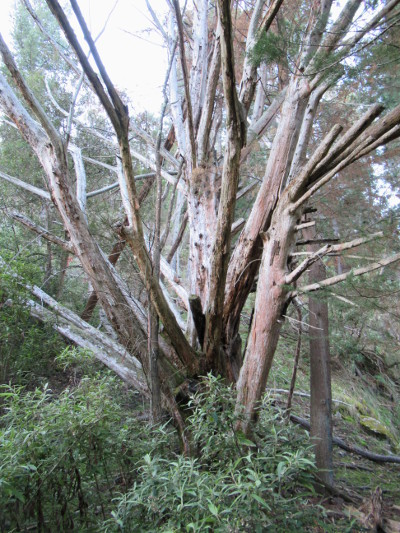
Small amounts of the wood are thus released each year to craftsmen. Below, a Wombat from Hobart's Salamanca Market.
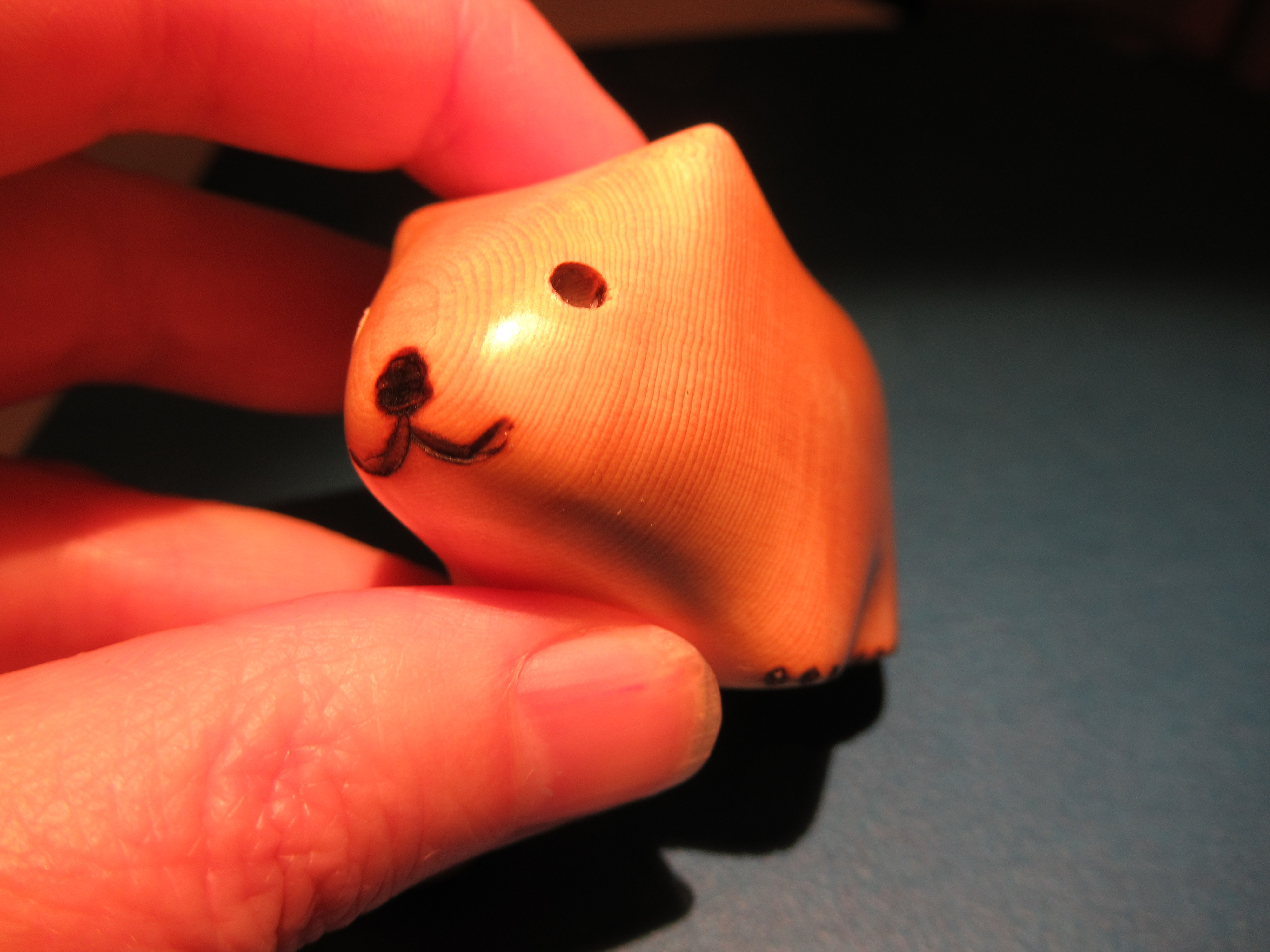
If you travel around Tasmania today, you will see boats, furniture and houses made from Huon Pine. Historically, the wood was 2-3 x the price of other hardwoods but today it is closer to 6-7 x the price.
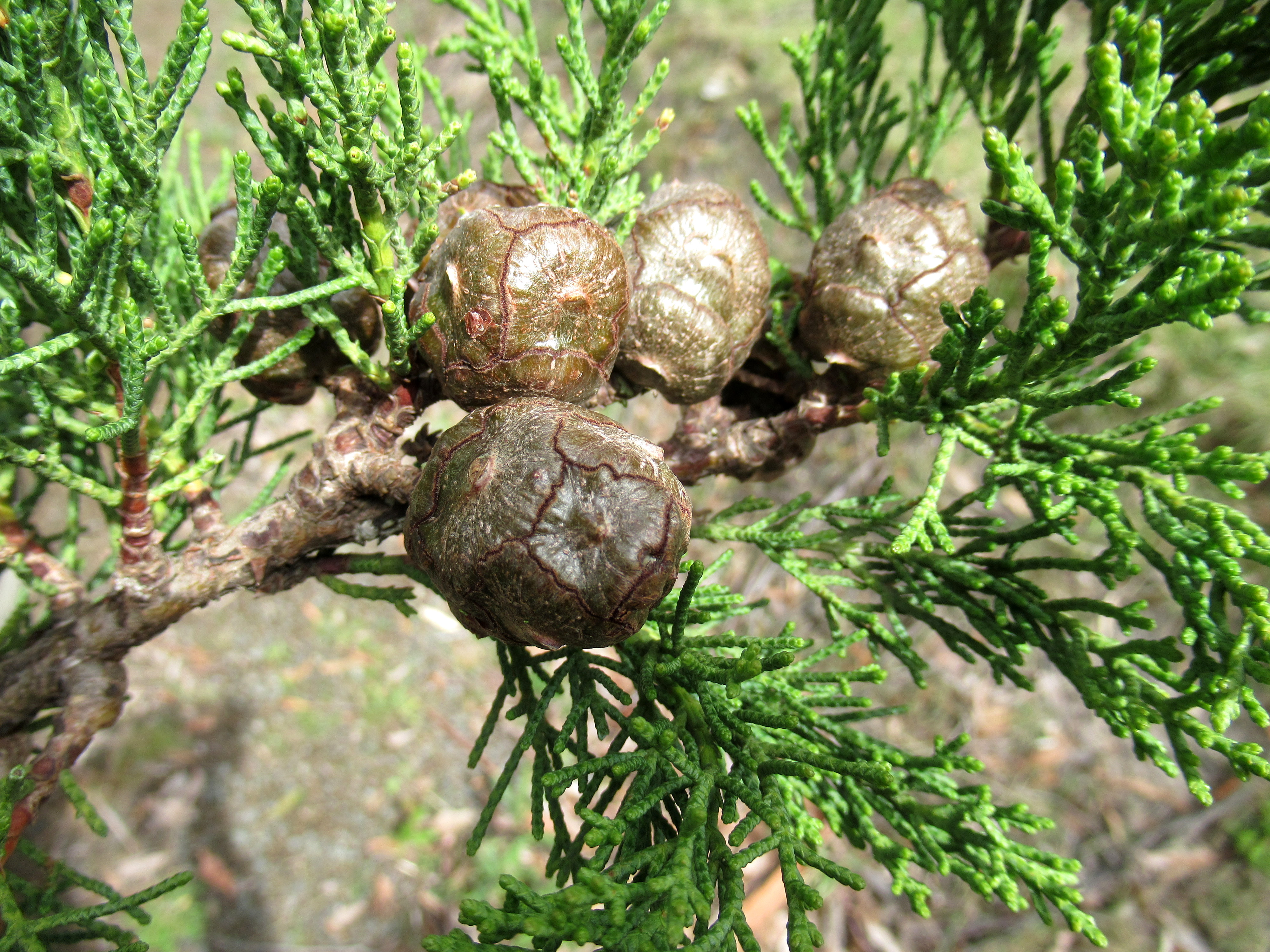
The Huon Pine is dioecious, meaning the trees produce either male or female cones but they don't even reproduce until they are 600-800 years of age. Can you imagine how old this tree, below, must be? That is a full size van underneath it!
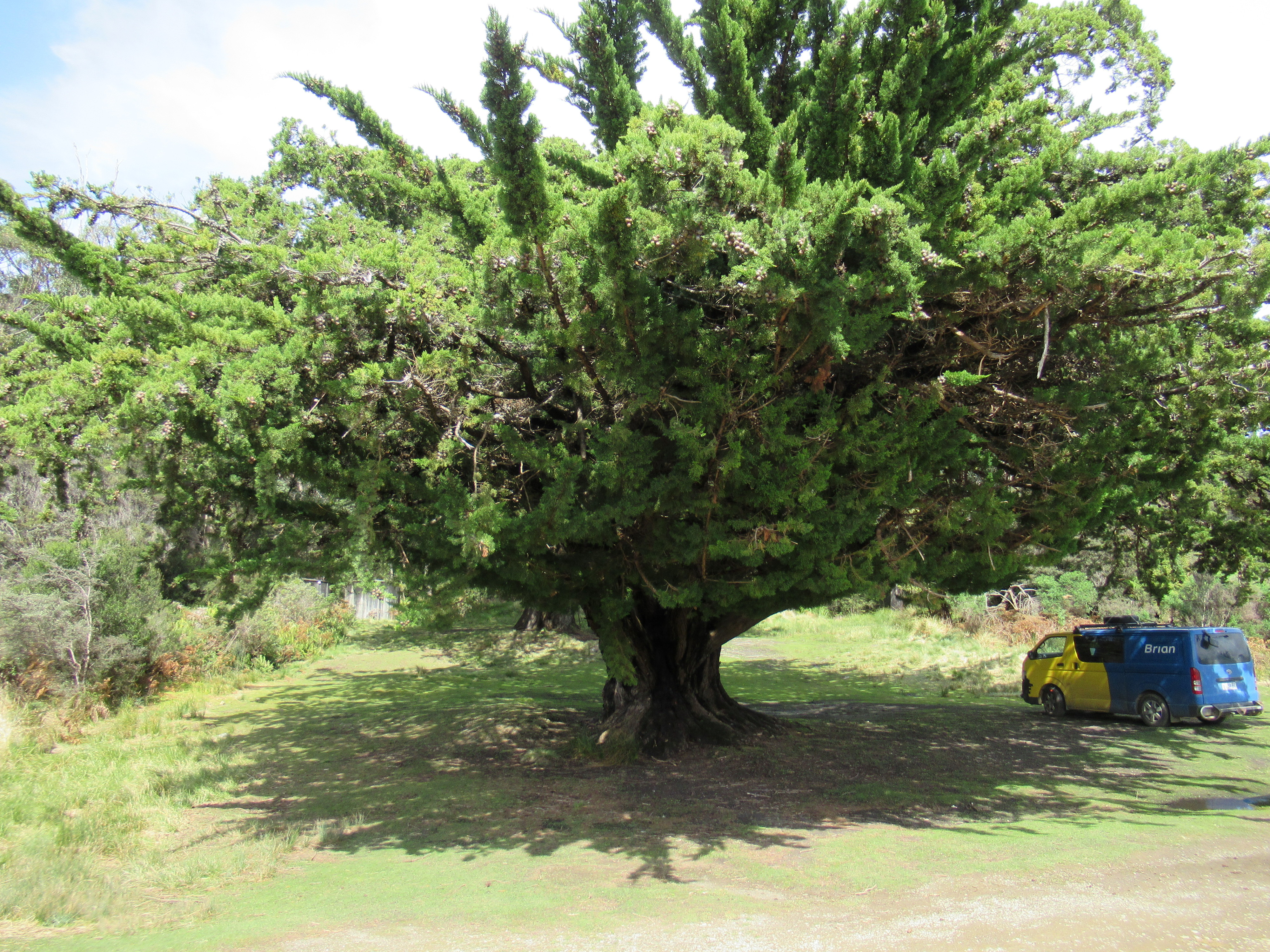
References
Huon Pine
Huon Pine Facts
Lagarostrobos - Wikipedia
Specialty Timbers
Images
Photos by @kansuze using a Canon SX620 HS in Tasmania, Australia.

Enjoy!
@kansuze
These are beautiful trees. I think I haven´t seen this species before. My pleasure to nominate this interesting post to my latest upvote giveaway for more visibility :) Keep up the great work.
Thank you.
Wow! 6-800 years boggles the mind
And that is just to produce the pine cones! Imagine all the boats and houses built with 1,000 year old trees.
Seems vandalism...
I wonder when they figured out the trees were so old. There are many beautiful old cottages made from it in Hobart.
Counting tree rings is the normal method and it's been known for a long time
Absolutely, but would they have bothered? Or if they knew the age of the trees, would they have stopped cutting when they needed homes and boats and there were so many trees?
I know they needed to, but I hope the population remains stable, since it takes so long for trees to mature. I cringe when I see the old redwoods that were felled when the US railroads were being built.
I have rocks on my place that are some of the oldest on the planet, the shattered remains of one of the oldest and largest known meteorite strikes. I have had to do some rock-breaking around the house to sort out the drainage mess the previous builders caused. I still feel bad about it but I guess that's just me.
Interesting post!
Thanks!